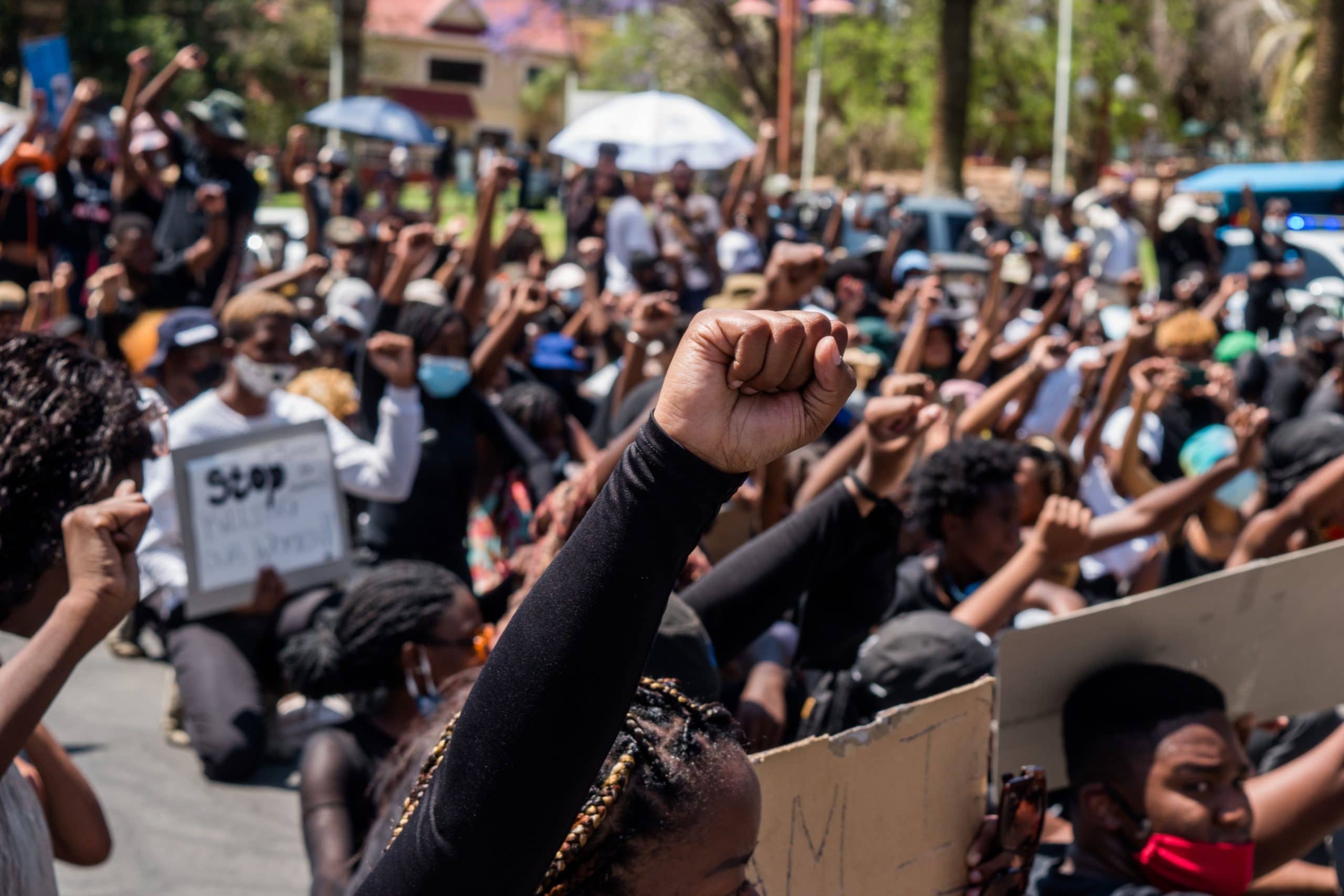Namibia is now the most gender-equal country in Africa and sixth in the world, but there are mixed views on the reality in the southern African country.
PATIENCE MASUA, 22, RECENTLY MADE HISTORY in Namibia when she became the youngest member of parliament. If anything, it affirms Namibia’s newfound status as the sixth most gender-equal country in the world, a step ahead of even globally-renowned Rwanda, according to the World Economic Forum’s (WEF) 2021 Global Gender Gap Report released in March. Iceland is the most gender-equal country in the world for the 12th time on the list. Namibia and Rwanda are the only two African countries in the top 10.
Vesselina Stefanova Ratcheva, the report’s Insights Lead, tells FORBES AFRICA: “What we see in the data is that there is political empowerment; we’ve seen this closing of political gender gaps, which is one of the reasons why Namibia has done so well.”
There are more reiterations of this. Gender Links (GL), a southern African women’s rights organization, says in a 2020 report that women constitute 46% of Namibia’s parliament, narrowly missing the 50% mark. GL further states that “Namibia and South Africa are now tied for the highest representation of women in parliament in the Southern African Development Community (SADC)”.
But there are other voices that need to be heard too, on the gender-related issues in the country. “Namibia on the list is a huge contradiction,” says Namibia-based gender mainstreaming consultant, Penohole Brock. “It’s our gender awareness that is lacking overall. You have women in leadership positions that continue to uphold conservative views and patriarchy.”
Loading...
In October last year, a wave of protests against gender-based violence broke out in Namibia’s capital city, Windhoek. The #ShutItAllDownNambia protestors called for the government to do more to stop the spread of rape and the killing of women. On October 10, EWN reported that the protest was quickly dispersed by police and the Special Reserve Force using tear gas, rubber bullets and batons.
Since then, was it possible more political attention was given to improve issues? “But it could be that politicians made a conscious choice to drive forward the number of women that are represented in government so that they can help solve these issues,” Ratcheva says. “But I wouldn’t say certainly that it is, without knowing.”
Brock counters by saying that although Namibia ticks all the representation boxes, she questions what representation actually means, and how there are still gender issues in the country.
“Political parties are placing women in parliament now, but when you talk to the women, they say that the men still dominate the space. From a quantitative gender audit, Namibia seems okay on paper, but a qualitative gender audit will show major red flags.”
Since its conception in 2006, the Global Gender Gap Report has highlighted the evolution of gender-based gaps in four areas: economic participation and opportunity, educational attainment, health and survival, and political empowerment.
The 2021 report shows how it will now take 135.6 years – up from 99.5 years – to close the global gender gap. The pandemic has pushed back gender parity by a generation. Sub-Saharan Africa has made slow progress, as this region will take 121.7 years to close the gender gap.
More than half of the countries in the region (20 out of 34) made progress towards gender parity in the past year, though only Namibia and Rwanda have closed at least 80% of their gaps. Ratcheva’s first assessment of the report is that “this is a risky time for gender parity”.
She further explains that the issues of gender equality and equity plus Covid-19 equal an incredible amount of backsliding. This could result in that 136year figure increasing in the years to come.
“Covid-19 is posing challenges to all of us in very different ways. Unless there is a concerted effort to reinvest in gender parity and to put in place the foundations for gender-equal recovery, there could be a lot more of that backward progress,” she warns.
Although politically, Namibia seems to be on the right track in achieving gender parity, Brock argues that from a local authority level, there is still much to be done.
“Gender parity and our 50/50 representation policy should be seen as a first step and not the end goal to combating gender inequality. If gender awareness and gender sensitivity are not pursued at all levels and taken seriously, then ideals of patriarchy will be impossible to dismantle.”
Loading...
